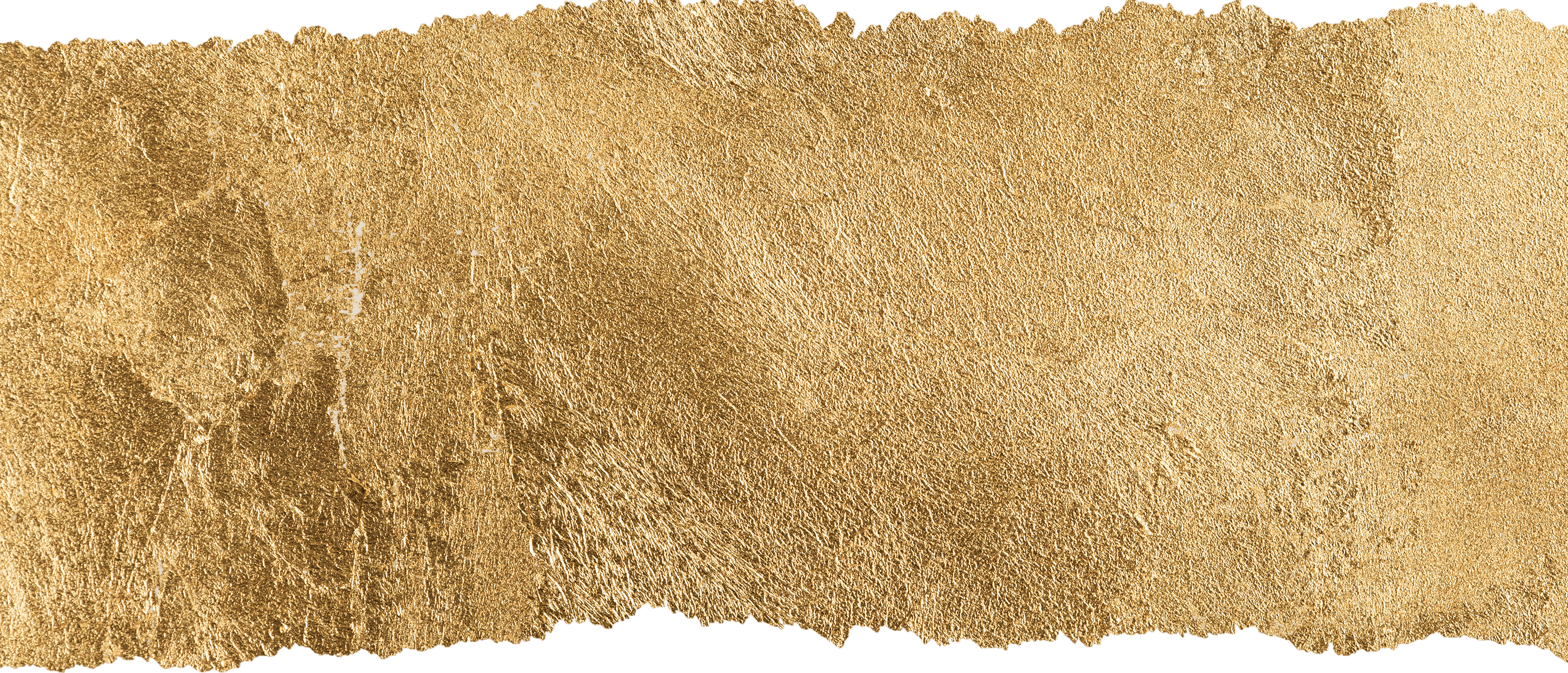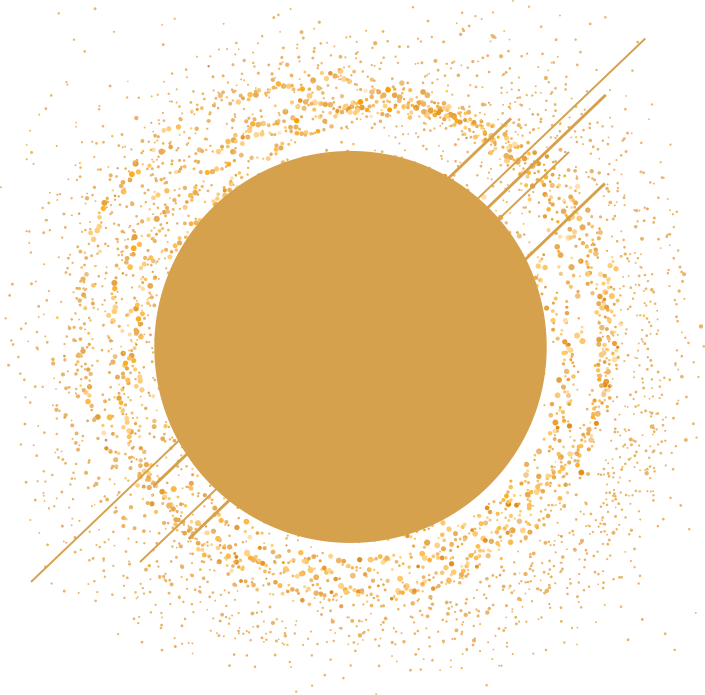Full facial area aesthetic enhancement delivered non-surgically harmony
Facial harmonisation (often described as “non-surgical facelift”, “liquid facelift” or “profiloplasty”) is an advanced and pioneering non-surgical procedure that is based on treating multiple facial areas using cosmetic fillers, often in combination with BOTOX®️, to aesthetically enhance the full face and overall facial appearance. The principles of facial harmonisation are to rebalance facial proportions, improve definition, smoothen contours, reshape uneven features, and reduce the appearance of wrinkles and facial sagging. The treatments are tailored to each patient so that they look like the best versions of themselves but not radically different. This highly individualised treatment process is usually staged over multiple sessions to provide progressive, carefully planned and strategic enhancements with very natural-looking results. Facial harmonisation can be truly transformative providing a substantial aesthetic improvement of the mid-face (cheeks, eye area, nose), lower face (chin, jawline, lips) and upper face (forehead, temples and brows). This treatment requires advanced cosmetic filler techniques and concepts, with a deep understanding of facial anatomy and filler technology. Dr Rhobaye is a leading international authority in this field with a particular sub-specialist interest in this procedure.

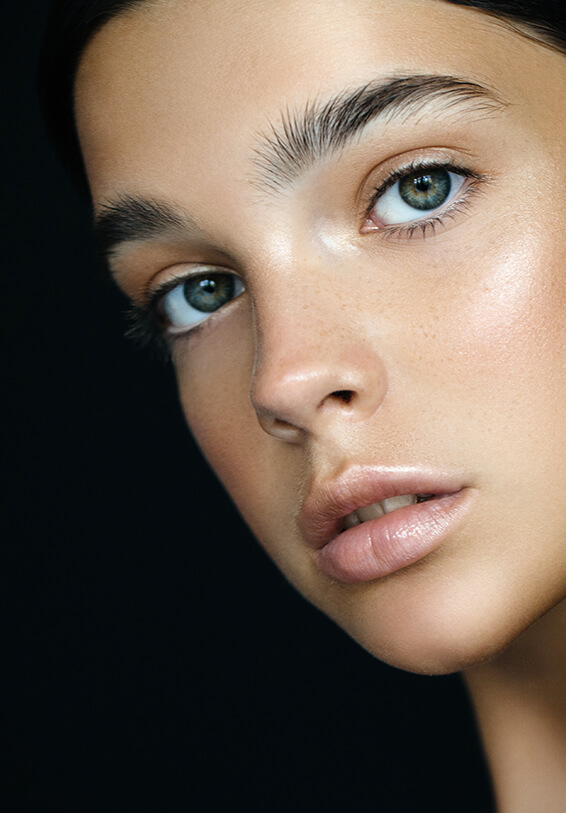

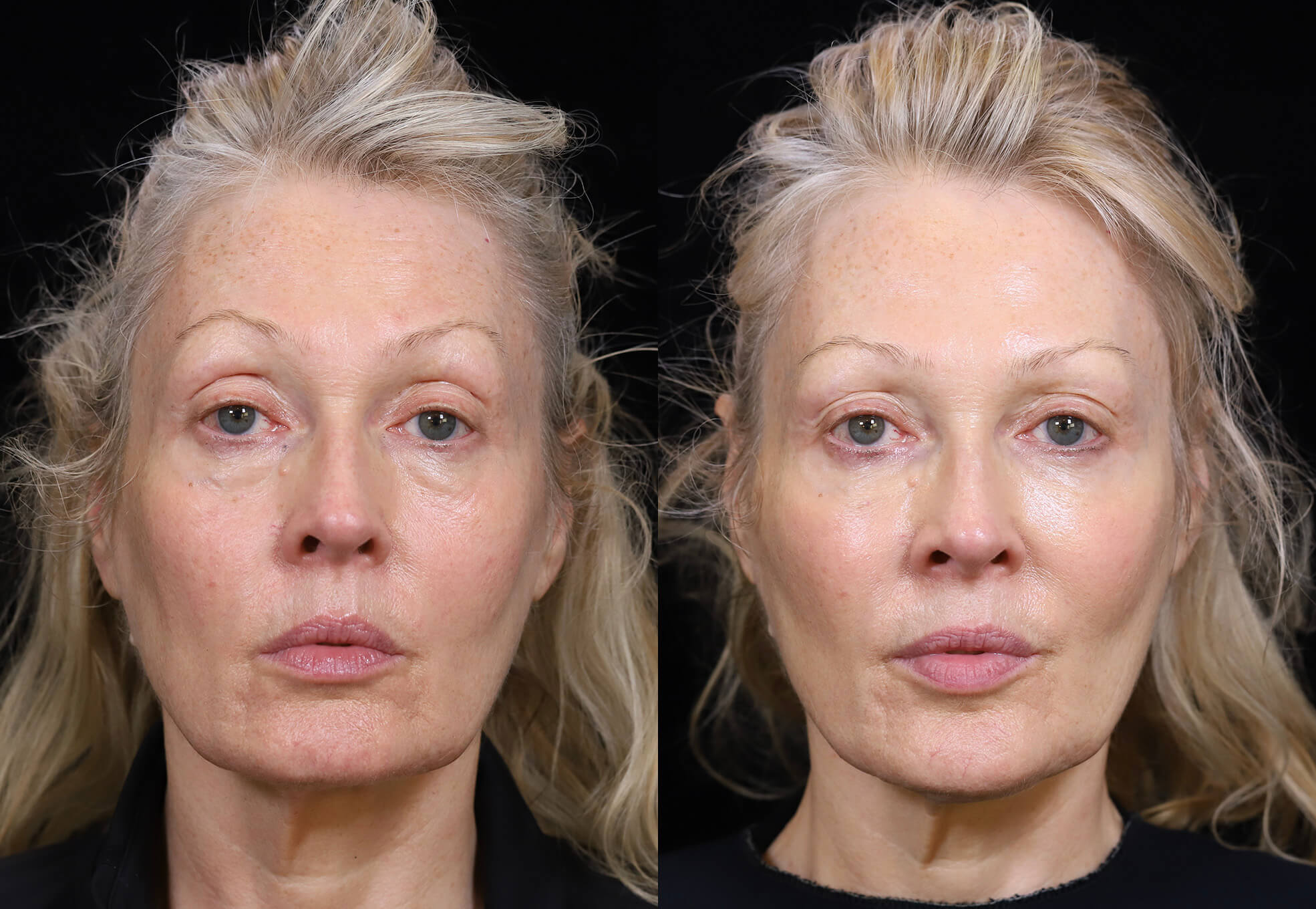
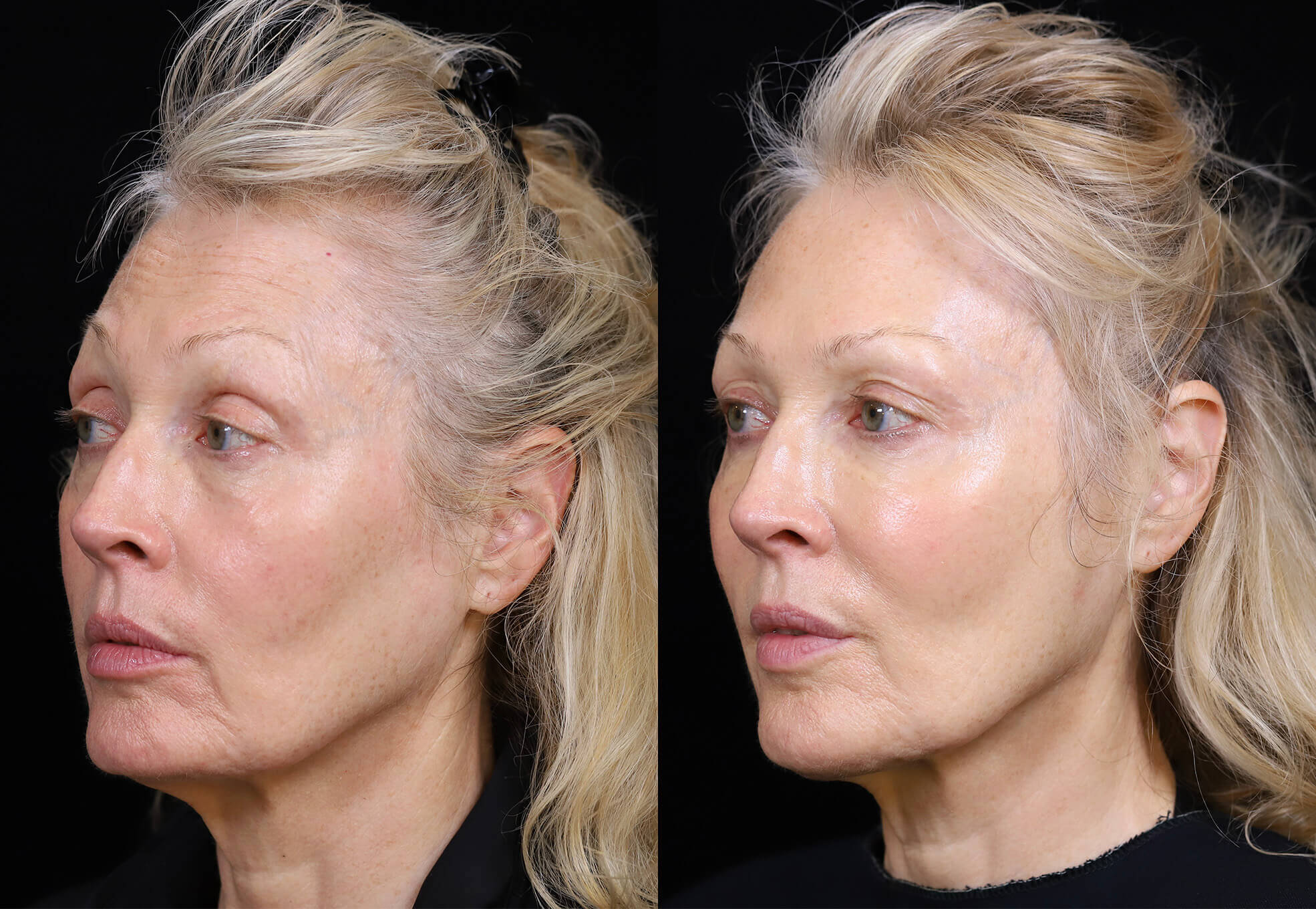
 What are the treatment stages of facial harmonisation?
What are the treatment stages of facial harmonisation?  Can the treatment results be reversed?
Can the treatment results be reversed? 